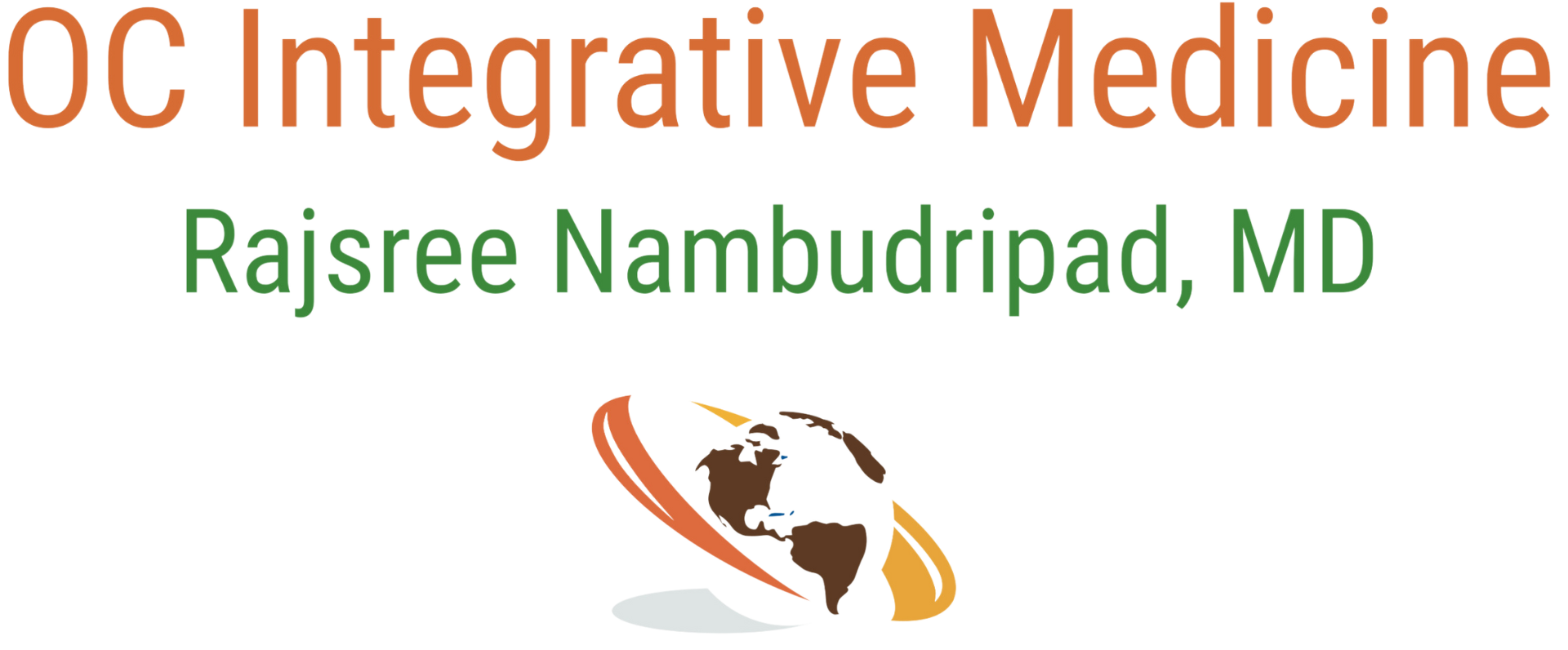
Hi Friends,
I’m thrilled to share my latest YouTube video, where we dive into the fascinating physiology of digestion and discover how Digestive Enzymes and Stomach Acid can unlock the door to better health.
Did you know that incomplete digestion is one of the most common issues affecting overall wellness? Symptoms like bloating, belching, food intolerances, bowel urgency, non-acid reflux, and nutrient deficiencies are often linked to poor stomach acid production or low digestive enzyme levels.
In this video, I break down how your digestive system works, the role each organ plays, and what happens when your body isn't making enough stomach acid or digestive enzymes. I also include detailed diagrams to visually explain how these processes unfold in your body, making it easy to understand how everything works together.
Here’s a sneak peek of what you’ll learn:
-
The key digestive organs—from your mouth and saliva, down to your stomach, pancreas, liver, gallbladder, and the brush border enzymes in your small intestine. We explore each organ’s specific role and how they contribute to the complete breakdown of carbohydrates, proteins, and fats.
-
Detailed diagrams illustrate how we break down macronutrients into absorbable forms. You’ll see how carbohydrates are broken down into sugars, proteins into amino acids, and fats into fatty acids and glycerol—step by step!
-
The importance of stomach acid for digesting proteins and activating enzymes, and why low stomach acid (hypochlorhydria) can lead to a cascade of symptoms, from bloating and indigestion to non-acid reflux.
-
How low stomach acid can create a domino effect and impact your production of pancreatic enzymes.
-
How pancreatic enzymes like amylase, protease, and lipase are critical for breaking down the food you eat, and why stress can reduce the production of these essential enzymes.
-
The pivotal role of the brush border enzymes for the final step of carbohydrate digestion.
-
The vital role of bile from the liver and gallbladder in emulsifying fats, and why digestion can be impacted after the gallbladder is removed.
But that’s not all. We also explore:
-
How low stomach acid and enzymes can lead to conditions like Small Intestinal Bacterial Overgrowth (SIBO) and Dysbiosis, Candida and SIFO, and a flare up of Autoimmune Diseases.
-
The connection between digestion and Inflammation, and how improper breakdown of food can increase inflammation, leading to symptoms like joint pain, brain fog, fatigue, and even weight gain.
-
The essential role of the vagus nerve in digestion. Did you know the vagus nerve controls everything from stomach acid production to enzyme release and even the gallbladder's ability to release bile? Stress, and poor eating habits can reduce vagus nerve function. In this video, I share practical tips to support your vagus nerve, such as mindful eating.
-
Practical tips on how to take Digestive Enzyme Pro and Betaine and Pepsin to ensure optimal results. Whether you take them before or after meals, I provide guidance on how to adjust based on your symptoms, and even when to take additional doses if you're still feeling bloated or heavy after eating. These supplements can be game-changers for improving food tolerance, reducing bloating, and enhancing digestion.
This video is packed with clear explanations and visual guides to help you truly understand the science behind digestion. Whether you’re dealing with chronic bloating, food sensitivities, or nutrient deficiencies, I hope this video helps you to better understand and treat the root causes!



Ingredients:
16 oz organic ground chicken
Two 32 oz containers organic chicken broth (regular sodium)
1 large yellow onion, diced
1 bunch organic celery, chopped
1 bunch organic red chard, chopped (include stems)
5 organic carrots, chopped
½ tsp black pepper
1 ¾ tsp Himalayan salt, divided
¾ tsp curry powder
½ tsp cumin
2 bay leaves
Olive oil
Fresh Italian parsley, chopped
Optional:
1 tsp minced fresh ginger
1 clove garlic, minced
1/8 tsp cinnamon
Organic basmati rice for serving
Instructions:
- Prepare Rice: Cook basmati rice according to package instructions if serving with the soup.
- Sauté Onions: Heat 2 tbsp olive oil in a large pot over medium-high heat. Sauté the onions with bay leaves for 5 minutes until translucent. If using, add garlic and ginger and cook for another 2 minutes.
- Cook Chicken: Add ground chicken and sauté for 5 minutes, breaking it apart. Once browned, season with 1 tsp salt, black pepper, curry powder, cumin, and cinnamon (optional).
- Add Veggies: Stir in ¼ of the chopped carrots and celery, and sauté for 2-3 minutes. Add chicken broth, bring to a boil, then turn off the heat to safely add the remaining veggies and chard.
- Simmer: Add the remaining salt and a drizzle of olive oil. Bring the soup back to a boil, then reduce heat and simmer for 7 minutes.
- Serve: Ladle the soup into bowls, top with rice (optional), and sprinkle with fresh parsley.
Enjoy!
Thanks for reading this week's blog post! Please share it with anyone who may need help with their digestion.
Wishing you all great health,
Rajsree Nambudripad, MD


